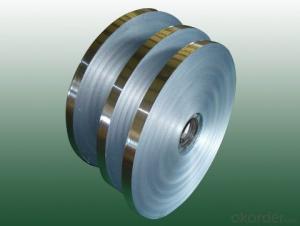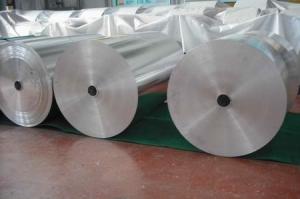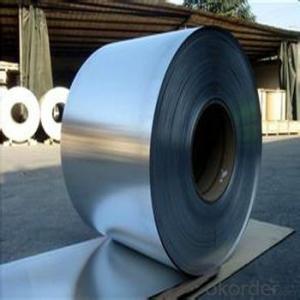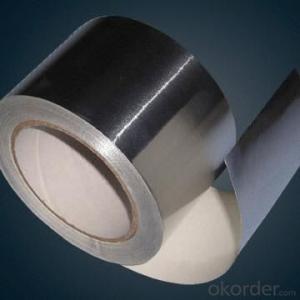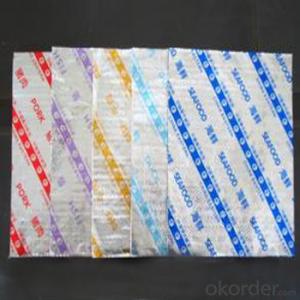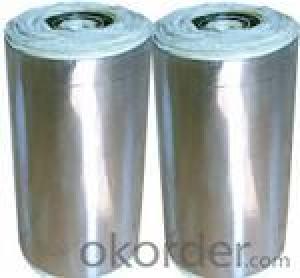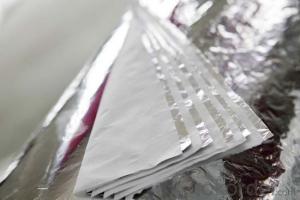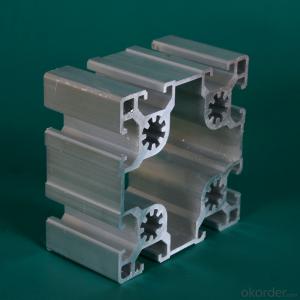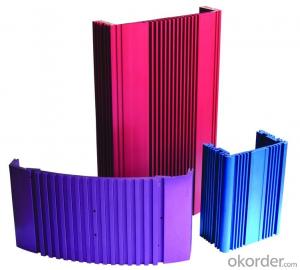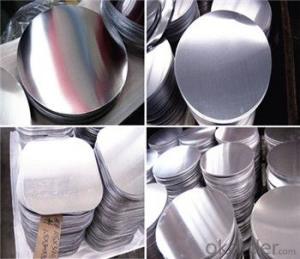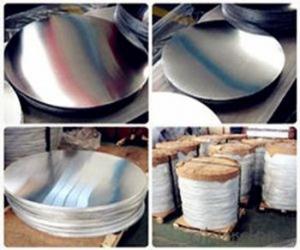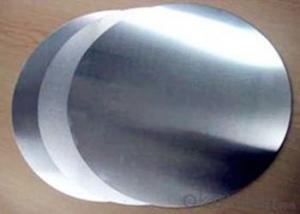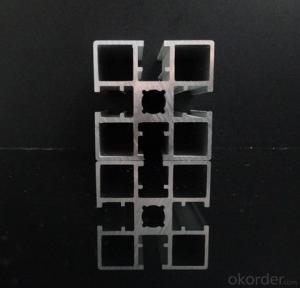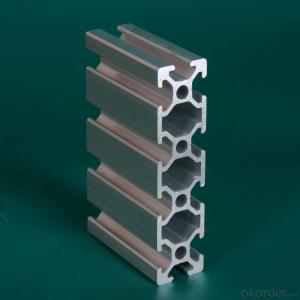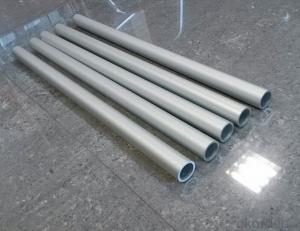003 Aluminum Foil
003 Aluminum Foil Related Searches
Led Light Bulbs For Ceiling Fixtures Led Lamps For Ceiling 42 In Ceiling Fan With Light Aluminum Coil Stock For Gutters Aluminum Foil For The Grill Hole Saw For Aluminum Plate Aluminum Tread Plate For Trailer Bow Plate For Aluminum Boat Aluminum Foil For Grow Room Aluminum Foil For Joint PainHot Searches
Stock Price For Aluminum Aluminum Coil Stock For Sale Aluminum Gutter Coil For Sale Used Aluminum Scaffolding For Sale 1/4 Aluminum Plate For Sale Aluminum Bar Stock For Sale Aluminum Round Stock For Sale Aluminum Diamond Plate For Sale Aluminum Scaffolding For Sale Craigslist 6061 Aluminum Plate For Sale Aluminum Dock Plate For Sale 7075 Aluminum Plate For Sale Aluminum Tread Plate For Sale Aluminum Checker Plate For Sale Aluminum Plate For Sale Near Me Plate Aluminum For Sale Aluminum Plate For Sale Aluminum Square Stock For Sale Aluminum Flat Stock For Sale Billet Aluminum Stock For Sale003 Aluminum Foil Supplier & Manufacturer from China
Okorder.com is a professional 003 Aluminum Foil supplier & manufacturer, offers integrated one-stop services including real-time quoting and online cargo tracking. We are funded by CNBM Group, a Fortune 500 enterprise and the largest 003 Aluminum Foil firm in China.Hot Products
FAQ
- Yes, aluminum profiles can be used in the production of industrial machinery. Aluminum is a lightweight yet strong material that offers excellent strength-to-weight ratio, corrosion resistance, and machinability. It can be easily formed into various shapes and profiles, making it suitable for constructing frames, enclosures, support structures, and other components in industrial machinery. Additionally, aluminum profiles are highly customizable and can be engineered to meet specific design and functional requirements, making them a preferred choice in many industrial applications.
- Due to their inherent characteristics, aluminum profiles exhibit outstanding noise reduction properties. The effective material for reducing noise transmission is aluminum, thanks to its high density and rigidity. When utilized in structural applications, aluminum profiles have the ability to dampen and absorb sound waves, thereby limiting their propagation and decreasing noise levels. The incorporation of additional noise-reducing features is made possible by the versatility of aluminum profiles. To further enhance their noise reduction properties, aluminum profiles can be combined with insulating materials such as foam or rubber. This combination creates a barrier that absorbs sound waves, preventing their passage and minimizing noise transmission. Furthermore, the reduction of noise is aided by the ability of aluminum profiles to be designed with intricate shapes and structures. By employing innovative designs like ribbing or perforations, the profiles can effectively scatter and disrupt sound waves, resulting in reduced noise levels. Additionally, the noise reduction capabilities of aluminum profiles can be enhanced by anodizing or coating the surfaces with sound-absorbing materials. These surface treatments contribute to the absorption and dissipation of sound energy, leading to a reduction in noise resonance and an improvement in overall acoustic performance. In conclusion, due to their density, rigidity, and versatility, aluminum profiles possess excellent noise reduction properties. When combined with insulating materials, innovative designs, and surface treatments, aluminum profiles are capable of effectively reducing noise transmission, making them a suitable choice for applications where noise control is of utmost importance.
- Aluminum profiles possess outstanding fireproof properties, which contribute to their widespread use in various applications. Being a non-combustible material, aluminum neither burns nor aids in the propagation of fire. An exceptional characteristic of aluminum profiles is their high melting point, which exceeds that of most flammable substances at approximately 660 degrees Celsius (1220 degrees Fahrenheit). This quality enables aluminum to endure elevated temperatures without compromising its structural integrity or being susceptible to ignition. Moreover, aluminum naturally develops a protective oxide layer on its surface, acting as a shield against heat and flames. This oxide layer offers added fire resistance by impeding direct contact between the aluminum and the source of fire. In the event of a fire, aluminum profiles assist in confining and limiting the spread of flames due to their lack of combustible gas emission and absence of toxic fume production. As a result, they prove to be a secure choice for applications where fire safety holds utmost importance, such as in the construction of buildings, transportation vehicles, and industrial equipment. In conclusion, the fireproof properties of aluminum profiles establish them as a reliable and long-lasting material in environments prone to fire, providing assurance in terms of safety and protection.
- Indeed, aluminum profiles have the potential to serve as a practical substitute for wood in the field of construction. Numerous advantages are associated with aluminum profiles, rendering them a favored choice in numerous construction projects. To begin with, aluminum profiles possess the dual qualities of being lightweight and robust, making them easily manageable and installable. This characteristic renders them suitable for a wide array of applications, including the creation of door and window frames, curtain walls, and partitions. Furthermore, aluminum profiles exhibit exceptional durability and resistance to weathering, corrosion, and pests, thereby ensuring a long-lasting and low-maintenance alternative. Moreover, aluminum profiles possess inherent fire-resistant properties, which can greatly enhance safety during the construction process. Unlike wood, aluminum does not burn, and boasts a high melting point, thereby reducing the likelihood of its contribution to the spread of fires. From an environmental standpoint, aluminum profiles offer a multitude of benefits. Aluminum is an eminently recyclable material, allowing for its repeated use and repurposing without compromising its inherent properties. This recyclability minimizes the environmental impact associated with construction projects and supports the concept of a circular economy. Furthermore, the design versatility of aluminum profiles is a distinct advantage. Aluminum can be easily shaped and extruded into various profiles and sizes, thereby enabling customization and flexibility in architectural designs. This adaptability renders aluminum profiles suitable for both functional and aesthetic purposes within the realm of construction. Nevertheless, it is vital to acknowledge that aluminum profiles may incur higher initial costs in comparison to wood. Additionally, aluminum possesses a higher thermal conductivity than wood, necessitating additional insulation to ensure optimal thermal performance. To conclude, due to their lightweight nature, durability, fire resistance, sustainability, and design versatility, aluminum profiles can serve as a viable alternative to wood in the field of construction. Though there may be certain considerations regarding cost and thermal conductivity, the numerous advantages of aluminum profiles make them an attractive option for a wide range of construction applications.
- Curtain wall systems can indeed utilize aluminum profiles. In fact, aluminum stands as one of the most prevalent materials employed in curtain wall construction due to its numerous advantages. The exceptional strength and durability of aluminum profiles allow them to bear the weight of large glass panels. Moreover, aluminum exhibits remarkable resistance to corrosion, a crucial characteristic for exterior applications where the curtain wall is exposed to various weather conditions. Additionally, aluminum profiles can be easily extruded into various shapes and sizes, offering design flexibility and customization. The lightweight nature of aluminum also facilitates easier handling and installation, resulting in reduced labor and transportation costs. Furthermore, aluminum is a sustainable material as it is recyclable, thereby contributing to the overall sustainability of the curtain wall system. In conclusion, the strength, durability, corrosion resistance, design flexibility, and sustainability of aluminum profiles make them an appropriate choice for curtain wall systems.
- Stage and event structures can indeed make use of aluminum profiles. Aluminum, being both lightweight and durable, is a widely utilized material in the construction industry for a range of purposes, including stage and event structures. Aluminum profiles possess versatility, allowing for easy shaping, cutting, and joining to create customized structures. With an excellent strength-to-weight ratio, they are well-suited for supporting heavy equipment and ensuring the safety of performers and audience members. Moreover, aluminum profiles can be powder-coated or anodized, providing both a decorative finish and protection against corrosion. This enhances the visual appeal and longevity of the structures. In conclusion, aluminum profiles are a popular option for stage and event structures due to their versatility, strength, and aesthetic qualities.
- What are the minimum thickness specifications for aluminum alloy door and window profiles?
- 2, GB8479, 2005, "aluminum alloy door" in 5.1: aluminum alloy door force components should be determined by test or calculation. The minimum measured wall thickness shall be greater than 2.0mm without the surface treated profiles.
- There are several ways to attach accessories or components to aluminum profiles. One common method is to use T-slot nuts and bolts. T-slot nuts slide into the T-slot groove on the profile and can be positioned anywhere along the length. The bolts then secure the accessory or component to the nut, creating a strong and secure connection. Another option is to use brackets or mounting plates specifically designed for aluminum profiles. These brackets usually have pre-drilled holes that align with the T-slot grooves, allowing for easy attachment of accessories. They can be fastened to the profile using screws or bolts. Additionally, there are various specialized connectors available for specific applications. Examples include corner connectors, joining plates, and hinge connectors. These connectors provide easy and reliable ways to attach accessories or components to aluminum profiles without the need for additional drilling or machining. It is important to consider the weight and load-bearing requirements of the accessories or components when choosing the attachment method. Using appropriate fasteners and connectors ensures a secure attachment and prevents any potential hazards.

















